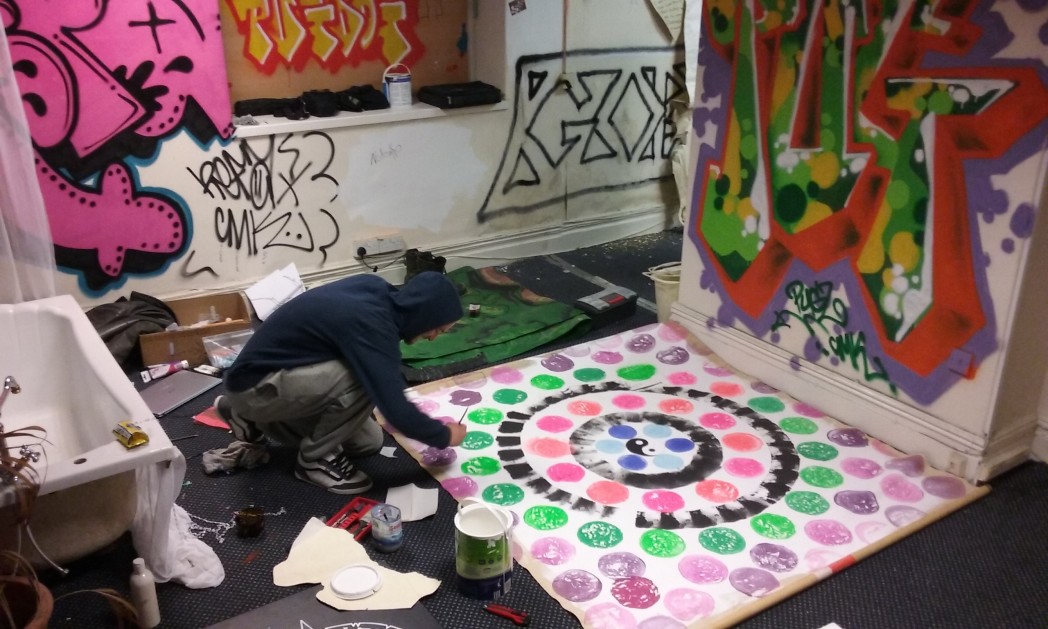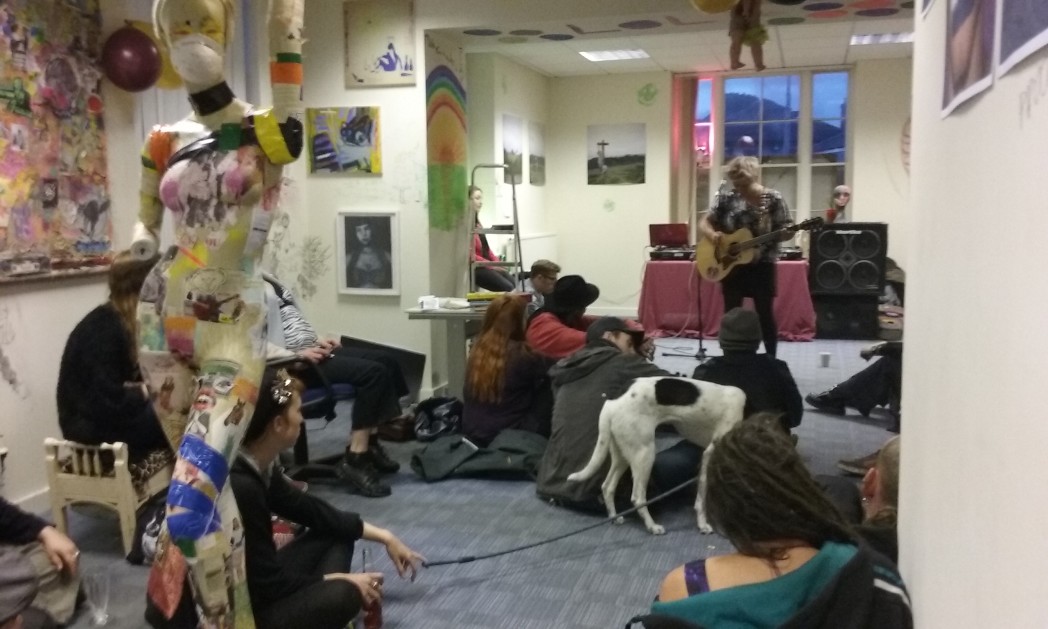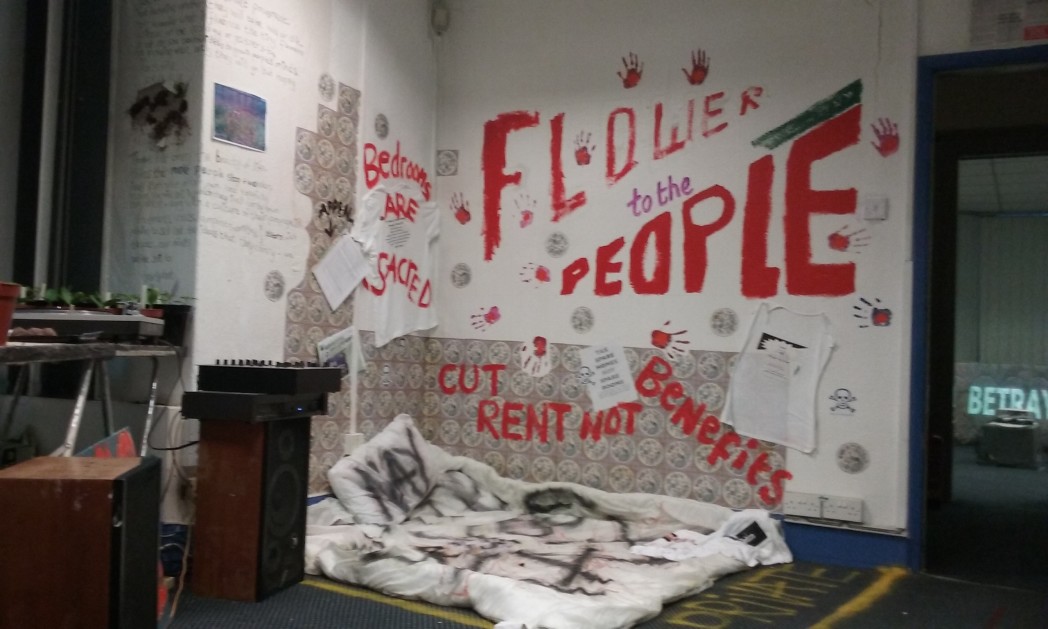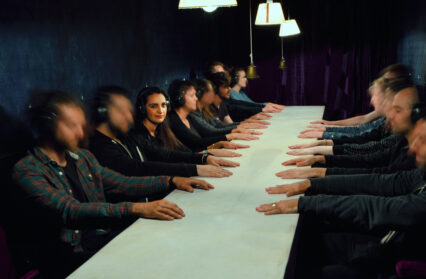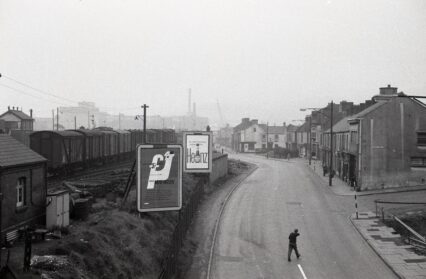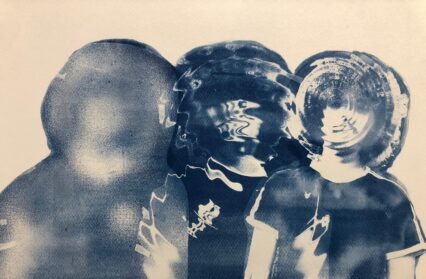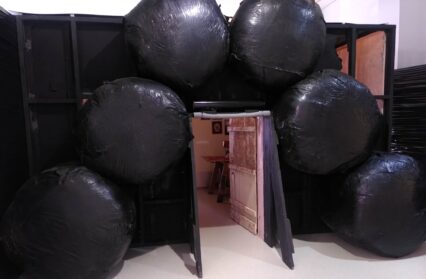Joao Morais looks into the growing movement Temporary Autonomous Art.
The problem with our contemporary art industry is that it is getting increasingly harder and harder to tell what is ‘good’ art and what is not. If something has some kind of validation from being in a museum or in a gallery of repute, then the assumption is that the elevated status of the institution means that the art is of cultural value. But this is not always the case. Museums and galleries are increasingly becoming storage vaults for art-like commodities. While there is nothing wrong with that, it leads to a very narrow definition of ‘looking at art’, especially when creating art and the appreciation of it is an inherent part of being human.
This is why I’m glad that movements such as the TAA exist. Standing for Temporary Autonomous Art, the idea is that an underused building somewhere is taken over and filled with art and people to show what is possible in a building that is no longer used.
This is what our capital city needs – not more stale pieces of corporate art or ‘international‘ prizes that no-one outside of the creative professional industry really cares about (and then only because of the handsome prize purse). Art should be all about expressing yourself and sharing that expression with other people.
TAA has its roots in the squatting movement, and this is at the very ethos of the movement itself. The cultural anthropologist Lynn Owens defines squatting as ‘about turning empty spaces into meaningful places.’ Furthermore, he goes on to say, ‘at its most basic, it is about people with not enough space appropriating it from people they think have too much.’ And what could be more appropriate than reclaiming an empty building formerly used as both an estate agents and a solicitor’s office?
Similar things have happened in Bristol in the past; yet such is that city’s alt scene, arguably the biggest in the UK, that they sometimes feel less about the building itself and making use of another disused space (which are generally in abundance and well used in that city), and more about having another place to get wrecked in. At the TAA in St George, the locals objections to the TAA climaxed in a stand-off with the squatters. The Bell Hotel, the pub where it was held, was briefly set on fire.
I always admire spaces that aren’t turned over to total hedonism and destruction. One of my friends, now dearly departed, used to live in a squat where his crack dealer lived in the cupboard under the stairs, which had been added to with a tarpaulin to make a kind of makeshift nook. Now that’s a great idea if you fancy getting on it before going out, but not so great when you have people knocking on your door when you’re trying to sleep off a hangover. Or when you’ve run up a large debt with said crack king. And there was none of that evident at the TAA HQ in Canton.
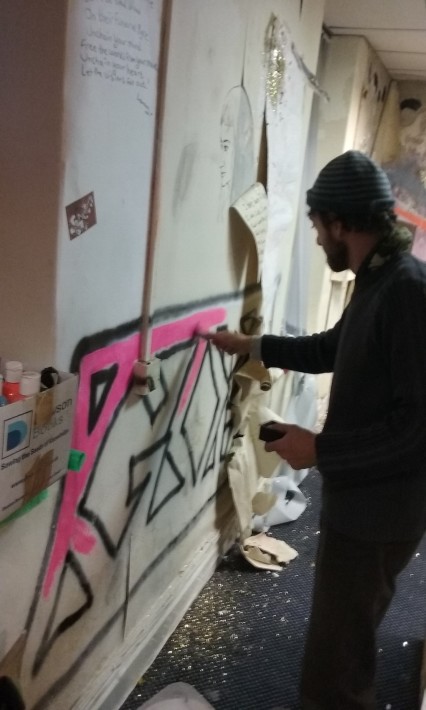 OK, maybe I’m being a bit disingenuous when I state that 275 Cowbridge Road East, a grade II listed building around the corner from Chapter Arts Centre (itself a former squat), is a disused space. It is in actual fact an asset held by an investment company, with planning permission to turn it into four luxury flats. This is just what this family-oriented, working class area of Canton (with a council estate not 200 yards away) needs – more luxury flats. After all, the first thing you should think about when thinking about the word ‘property’ is always ‘investment’, and never the words ‘living’ or ‘community’. Maybe this is why the planning documents show only two car parking spaces being allocated for the whole block, much to the objection of local residents on Church Road which runs alongside this building, who will find it harder to park their own cars when the conversion has taken place. What a pity also that these luxury apartments won’t be classed as affordable and won’t be on the help-to-buy scheme.
OK, maybe I’m being a bit disingenuous when I state that 275 Cowbridge Road East, a grade II listed building around the corner from Chapter Arts Centre (itself a former squat), is a disused space. It is in actual fact an asset held by an investment company, with planning permission to turn it into four luxury flats. This is just what this family-oriented, working class area of Canton (with a council estate not 200 yards away) needs – more luxury flats. After all, the first thing you should think about when thinking about the word ‘property’ is always ‘investment’, and never the words ‘living’ or ‘community’. Maybe this is why the planning documents show only two car parking spaces being allocated for the whole block, much to the objection of local residents on Church Road which runs alongside this building, who will find it harder to park their own cars when the conversion has taken place. What a pity also that these luxury apartments won’t be classed as affordable and won’t be on the help-to-buy scheme.
I can’t imagine that Ross Hooper-Nash, the estate agent in charge of said building, would have been happy about finding out about its occupation and reclamation for the people. But the beauty of the TAA ethos is that it could only have been a success. By the time Hooper-Nash’s company, Jeffrey Ross, have obtained an IPO (interim possession order) from Cardiff Magistrates’ Court, the squatters will be gone. All that will be left of the enterprise is a lot of good memories, and a positive tick in Cardiff’s ever stronger squatting scene.
As with any kind of squatted space, the success of the enterprise comes down to the people who inhabit it at any one time. This doesn’t just mean the people at the door or the people selling cans and giving away free vegan food or even the people performing, but also the people who enter through the door and visit the space itself. Communality is at the core of the TAA code. The lack of a visible hierarchy means that you’re never sure what you’re going to get. Some of the highlights included a performance by Shroukie El-Attar, an LGBTQI+ activist, giving a talk on their ‘First Hand Experience of the UK immigration system,’ along with a belly-dancing performance described as being ‘with a queer twist.’ Another was Efa Supertramp performing a barefooted punk acoustic set, and an entertaining night of poetry from a local poetry collective.
The TAA space itself is just like any other squat in the sense that when people take over a building they totally transform it. But this is a disused office space, so when walking around it did occasionally feel a bit like someone had spiked the punch at Clive the acquisition manager’s retirement party. But to get lost in the building and to come across a piece of work tucked away somewhere you’d least expect it, such as Nikita McBride’s playful sculpture which leaves you wondering exactly what could be happening behind the locked door in front of you, is a great experience.
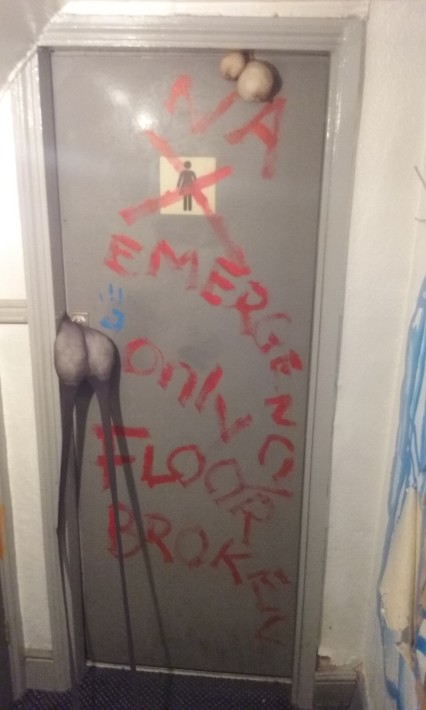 For all the non-talk of the looming housing crisis during this year’s election campaign, and the lack of genuine public spaces in this country, it is a heartening experience at least to see an otherwise disused space being taken over for people to create in their own image, and to be able to hang out in without the need to buy anything. Due to the increasingly draconian squatting laws in this country since 2012, it’s a feat in itself that the instigators could have pulled it off.
For all the non-talk of the looming housing crisis during this year’s election campaign, and the lack of genuine public spaces in this country, it is a heartening experience at least to see an otherwise disused space being taken over for people to create in their own image, and to be able to hang out in without the need to buy anything. Due to the increasingly draconian squatting laws in this country since 2012, it’s a feat in itself that the instigators could have pulled it off.
But the TAA movement is indicative of the world we live in now. The left, and the creative community in general, for some reason put a lot of value in Labour’s ability to stand up for them. It’s a pity that the party has once again been left dead in the water. After their loss at the 2010 general election, Labour had a long period of introspection while they chose their new leader, and finally trumped for Ed Miliband at their party conference in mid-September. This allowed the Conservatives ample time to control the austerity narrative without any meaningful or forceful objection.
If you’ve been following the post-election rumblings, you will know that this pattern is being followed exactly to the tee. The Tories have no opposition. Funding will be slashed once more. National Museum Wales, the largest gallery of both historic works and contemporary commissions in our Cymric homeland, has already seen its budget reduced, year on year, since 2010. There is no sign that this will let up any time soon. Eternal austerity is our new reality. If ventures such as the TAA don’t succeed then there will be far fewer opportunities for both emerging and established artists to show their work. So while this may have been the first TAA in Cardiff, I definitely hope it is not the last.
Photos by the author.


